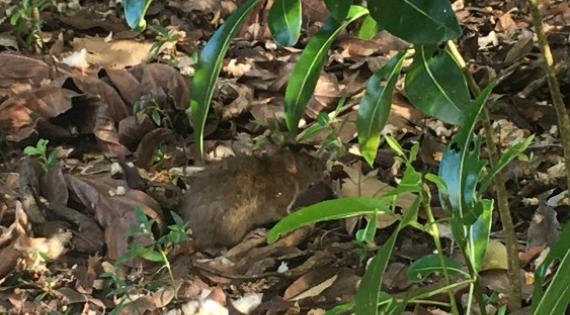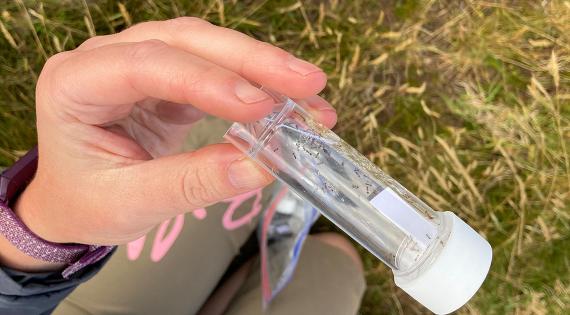A new study has for the first time predicted which invasive species could pose a future threat to the UK’s ecologically unique Overseas Territories.
The 14 Territories – many of them small, remote islands such as St Helena and Pitcairn – are home to species found nowhere else in the world. This makes them extremely vulnerable to biological invasions – in the oceans or on land – which could lead to the extinction of these endemic species or irrevocably change their unique ecosystems.
Researchers at the UK Centre for Ecology & Hydrology (UKCEH) and Durham University, working in partnership with communities on the Overseas Territories, assessed thousands of potential invasive non-native species, to predict which are most likely to arrive and impact these environments within the next 10 years.
The resulting research, published in the journal ‘Conservation Letters’, provides a reference for authorities, conservation ecologists and the public to guide them in preventing these invasive non-native species from becoming established and causing ecological and economic damage.
UKCEH ecologist Professor Helen Roy, who led the work, says: “These Territories are exceptionally biodiverse. St Helena, for example, has over 400 invertebrates found nowhere else in world – it is simply unique. We hope that this study draws attention to these Overseas Territories and the inspiring people on them who are working so hard to protect their incredible wildlife and habitats.”


